I was lost in the vibes of Khajuraho. All I wanted to do was to just be there for longer and wander like a nomad, roaming like there is no world around me. Just me and some stunning architectural pieces of wonders. It wasn’t all about the temples but I was more astonished to understand how these monuments were actually shaped back then without having any sort of modern technology. Though I have been a rationalist however there was something intriguing about these temples. Every moment I spent there at Western Group of Temples Khajuraho, the only question I had in my mind was how… Not all the questions can be answered and one has to travel a lot to seek answers to such questions. Such questions always make me stay awake in awe and push the archaeologist and the geologist out of me.
While I was in Khajuraho to attend a friend’s marriage nearby Khajuraho in a village, visiting Khajuraho temples was among the series of events that took place during my journey. This four-day trip was really beautiful. Though I was traveling with friends and didn’t have that sort of liberty that I usually enjoy, still there was a lot to see and a lot to cherish. I had some of the best memories of my life during this trip. I usually travel solo considering my priority; I have traveled with friends as well. Visiting Khajuraho temples was on my list since the friend who was getting married had asked me a lot of time. Before visiting the Khajuraho Group of Monuments, I had some different perceptions about this place. After spending hours at the Western Group of Temples Khajuraho, I had several questions in my mind.
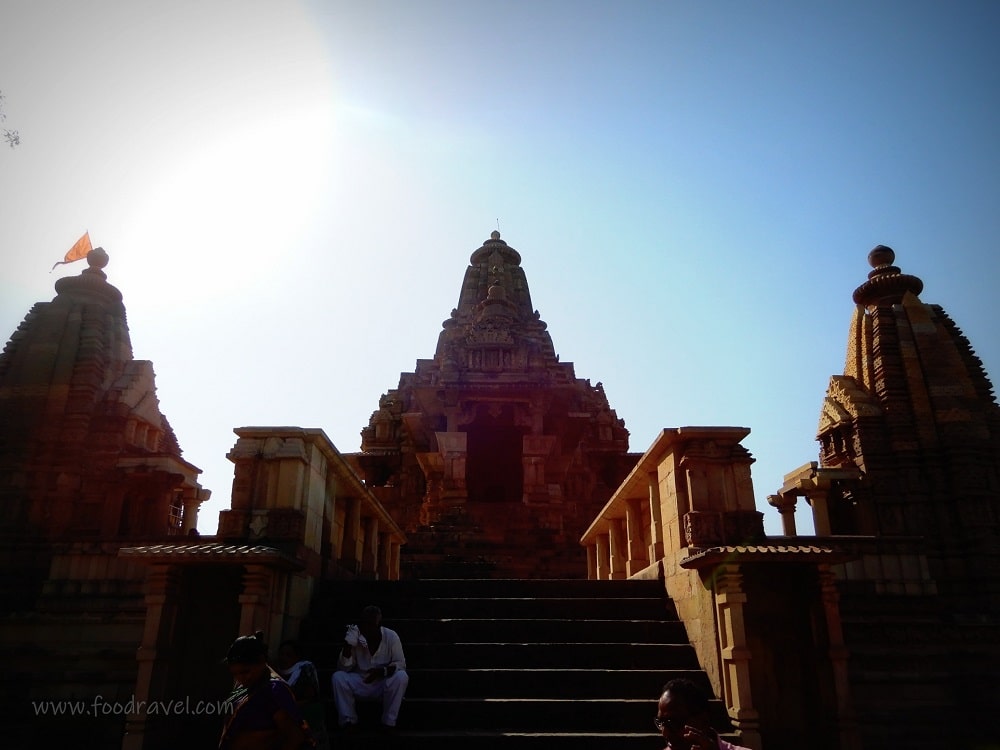
Getting lost in the Land of Architectural wonders at Western Group of Temples Khajuraho
I had only read and seen them in books and tv. The only thing that I was introduced to about these temples was those sexual/erotic carvings on these temples. And I had heard a lot about these temples. Actually, that was the only thing these temples were connected with. Back in school and college days, we only looked upon them the way we have heard. Being built around sex symbols, these temples were a reason for curiosity that why would in the first place someone build temples with erotic carvings.



Information for Tourists – Khajuraho Group of Monuments
| Indian |
INR 40 |
| SAARC & BIMSTEC |
INR 40
|
| Foreigner |
INR 600 |
| Children Below Age 15 |
Free |
A brief history of Khajuraho Group of Monuments
Khajuraho Group of Monuments is a name given to the temple present in Khajuraho. These temples are dedicated to Hinduism and Jainism. Known for their Nagara style of architecture, these temples attract tourists from all over the world due to the erotic carvings on the temples. Most of these temples were built from 950 to 1050 during the rule of the Chandela Dynasty. As per the records, there were a total of 85 temples built during a span of more than 100 years by the 12th century. These temples were spread in a massive area of 20 square KM. Only 25 temples out of the total are present now in an area of 6 square KM.
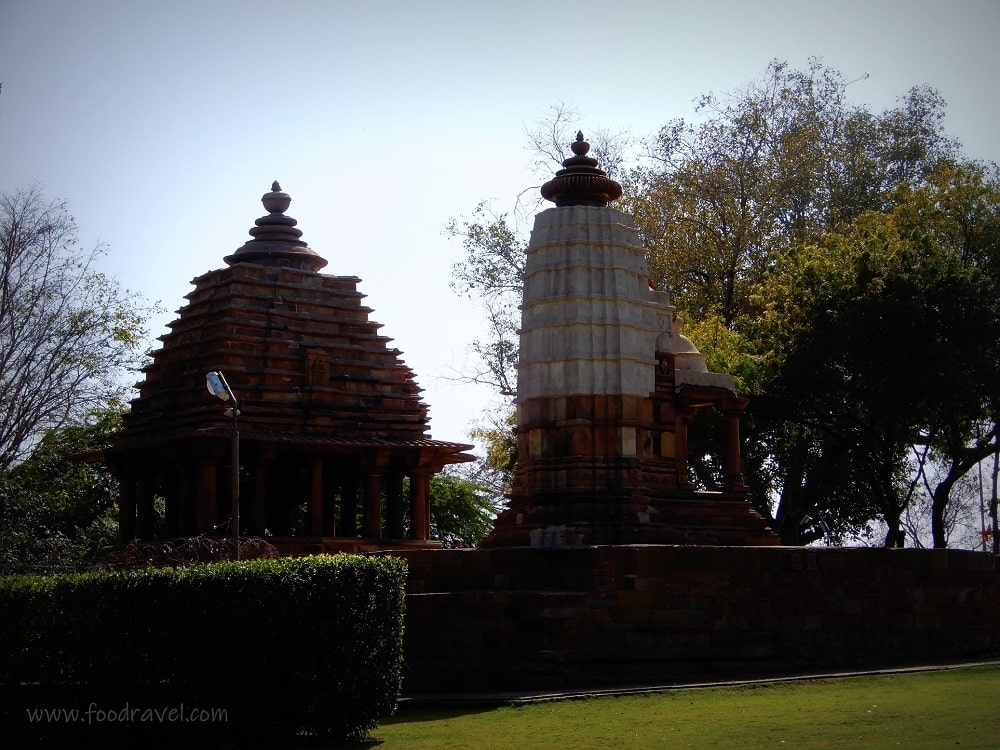
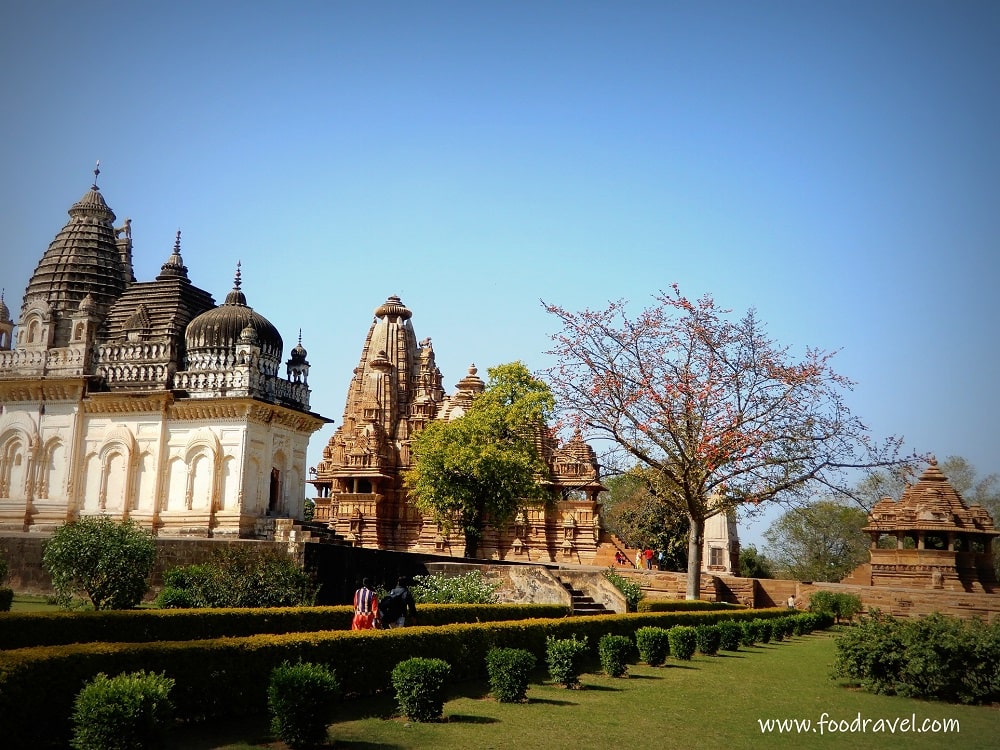

Chandela Kings started to build Khajuraho temples soon after they came into power. And it continued for a long. However, most of the temples are built in the time of Yashovarman and Dhanga. Lakshmana Temple was built in Yashovarman time and during Dhanga’s rule, Vishvanatha Temple was built. Kandariya Mahadeo Temple is the largest temple which was built during the time of King Vidyadhara.
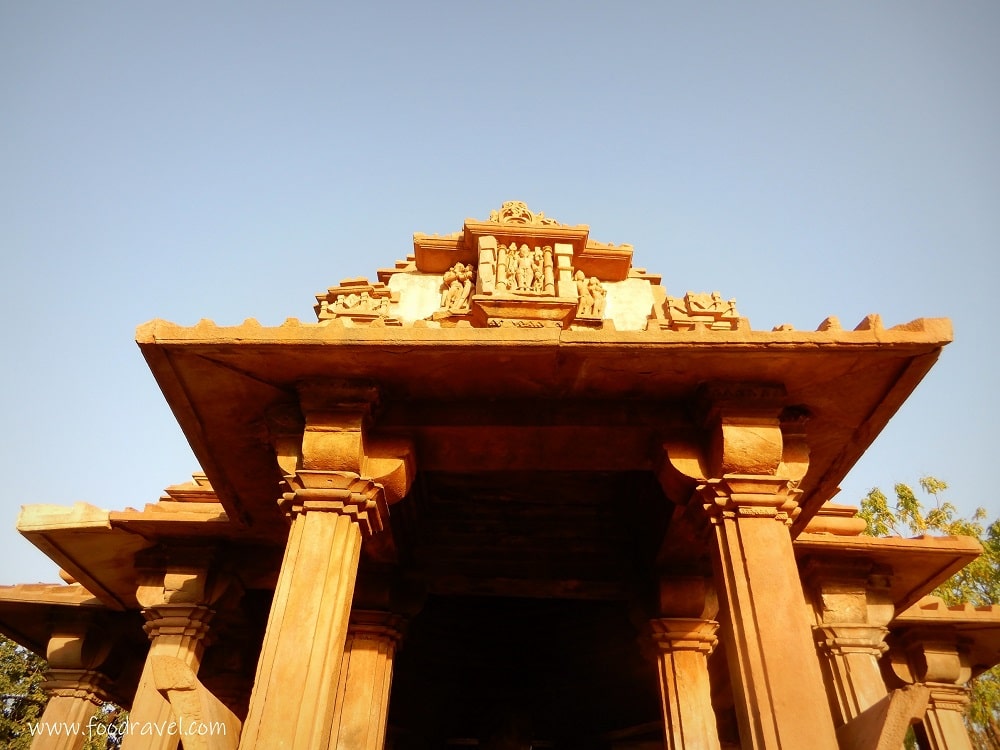

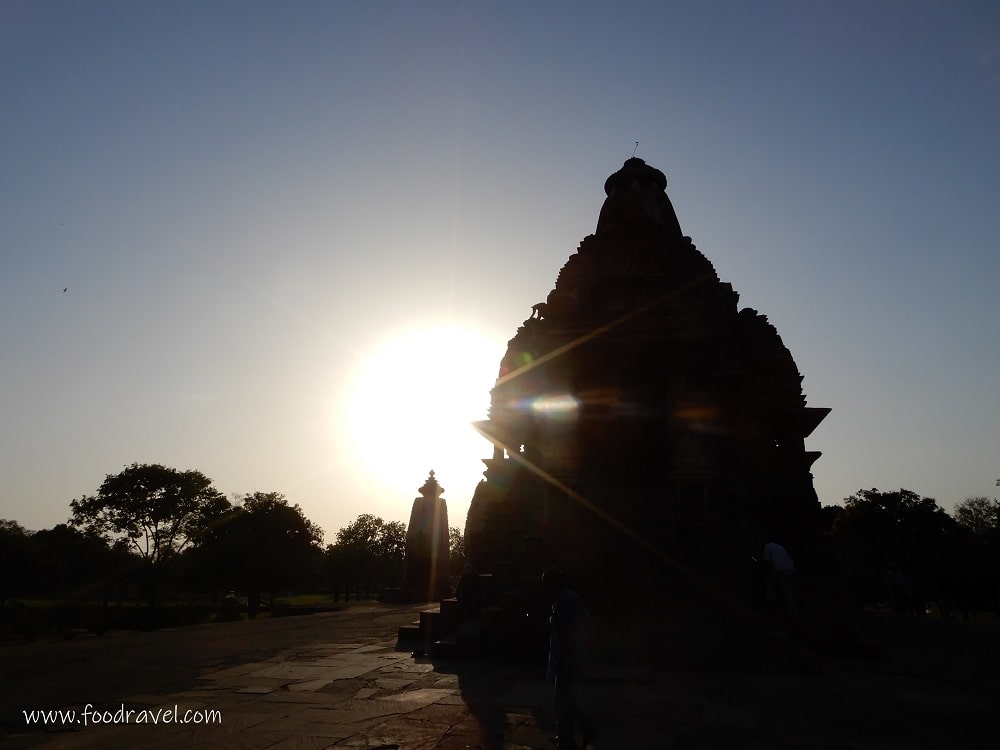
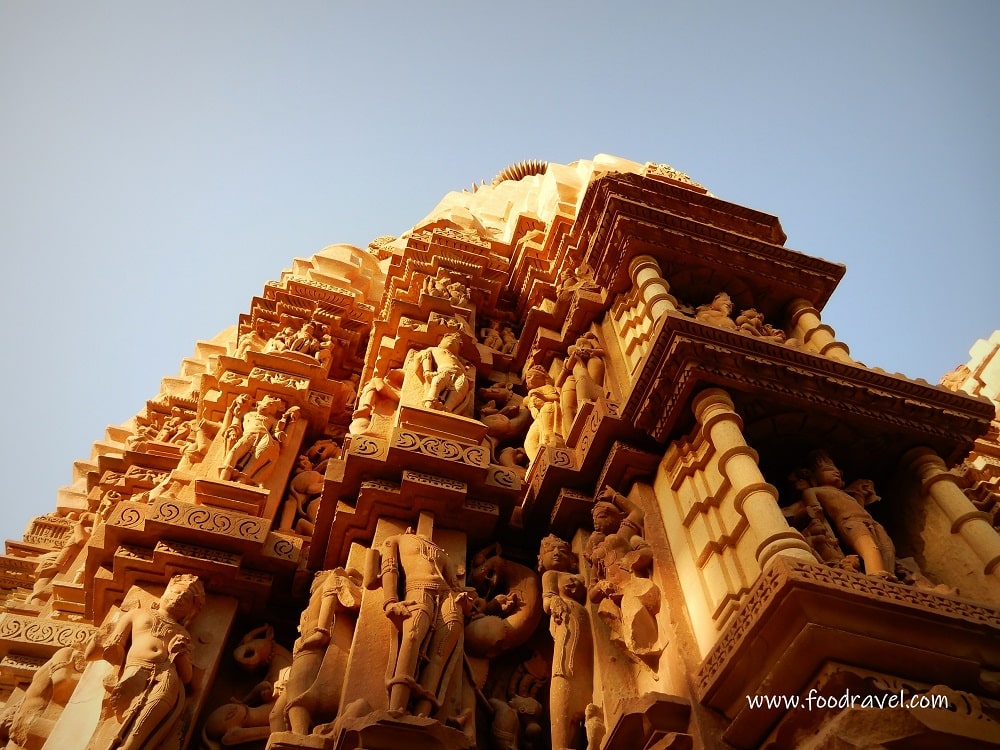

A Persian historian Abu Rihan-al-Biruni has mentioned these Khajuraho in his descriptions. He came with Mahmud of Ghazni who tried to conquer Kalinjar in 1022 CE. These temples were used actively during the 12th century. By the time of the 13th century, Qutb-ud-din Aibak (he built Qutub Minar in Delhi) invaded and captured the Chandela kingdom. Ibn Battuta, the famous Moroccan traveler has given the mention of these temples in his description of Indian visit. He wrote that he visited Khajuraho temples and called them Kajarra. In the words of Ibn Battuta,
“…near (Khajuraho) temples, which have been mutilated by the Moslems, live a number of yogis whose matted locks have grown as long as their bodies. And on account of extreme asceticism, they are all yellow in color. Many attend these men in order to take lessons from them.”
Many of these temples were desecrated by Muslim rulers from the 13th to 18th centuries. These temples were rediscovered by a British surveyor and army captain, TS Burt in the 1830s.

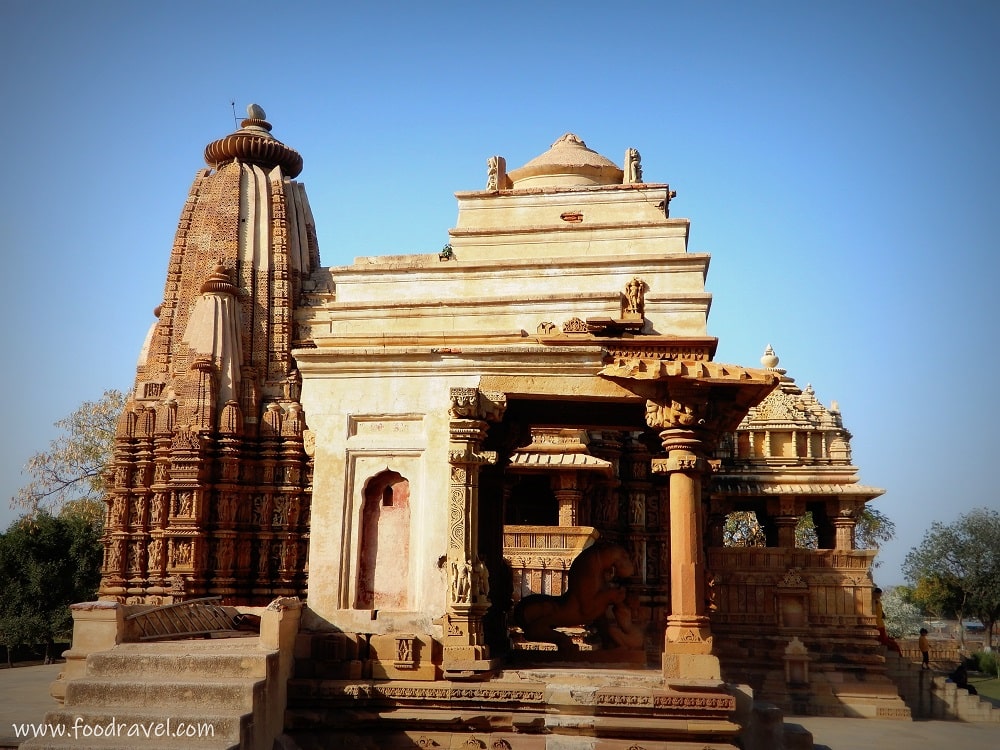
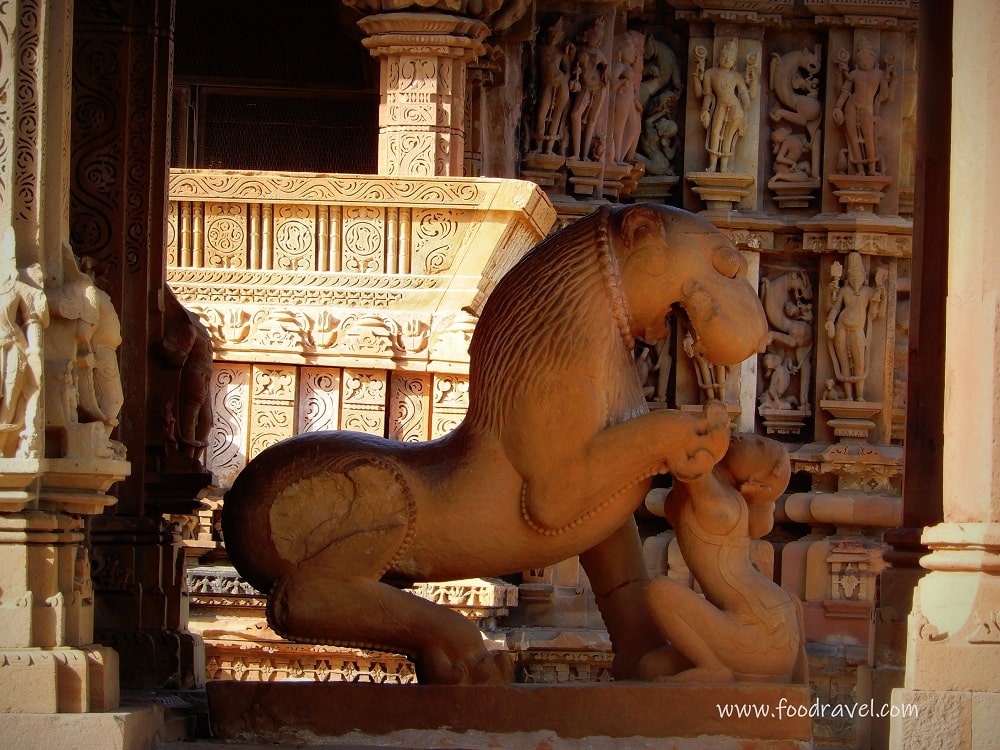

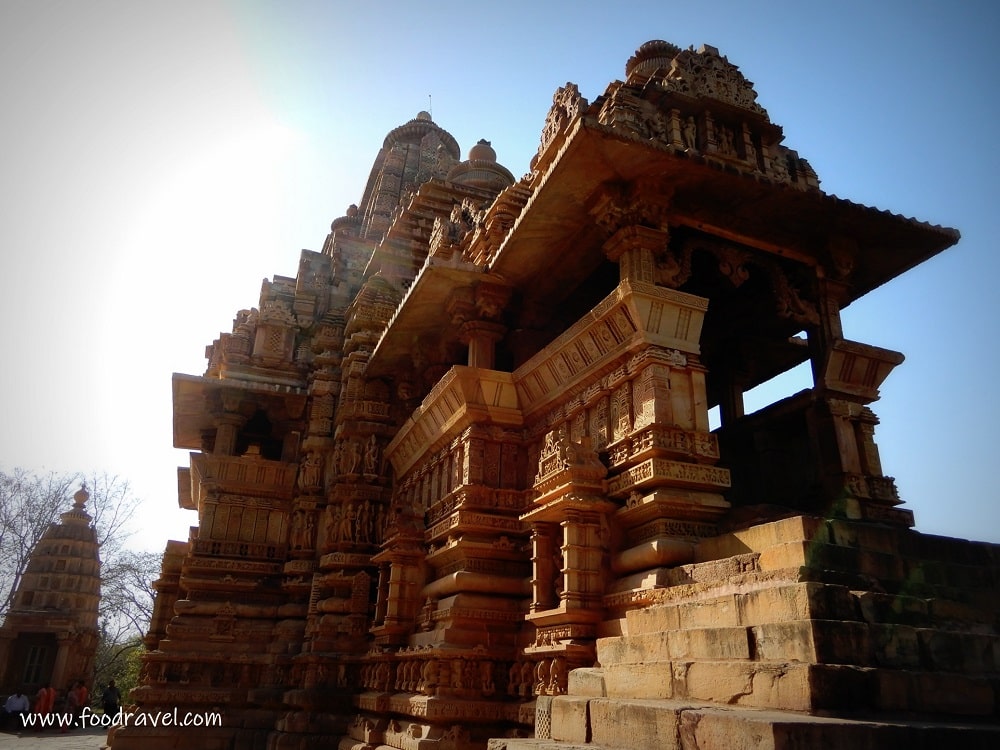


Western Group of Temples at Khajuraho
The hotel where we were staying at Khajuraho was close to the Western Group of Temples. Just a small walk of around 1 minute and we were in front of the temples. Western Group of Temples Khajuraho is located on the main road itself. These temples are protected by a boundary wall. Entry tickets can be purchased from the gate. Western Group of Temples Khajuraho is a cluster of some temples listed below:
- Devi Mandap – There are two small shrines opposite Lakshman Temple.
- Varaha Mandap – It is an open pavilion. Devi shrine is located in the south of this mandap. This mandap is elevated by 14 short pillars.
- Lakshman Temple – This temple faces Devi and Varaha Mandap. It is one of the largest temples in the Western Group of Temples at Khajuraho. This temple is known to be the earliest temple in the Khajuraho Group of Monuments which is built by Chandela kings. The temple is dedicated to Vishnu. However, the name refers to the brother of Ram.
- Kendariya Mahadev Temple – The most magnificent and largest among all the temples, this is truly elegant. The plan of this temple resembles that of Vishvanath and Lakshman Temple.
- Mahadeo Shrine – Located in between of Jagdambi and Kandariya Temple, Mahadeo Shrine is an elegant piece of ancient architecture. There is a small porch along with a sanctum.
- Devi Jagdambi Temple – A small temple, it has one mandap and there is no pradakshina path. It has a medium height and also has beautiful sculptures.
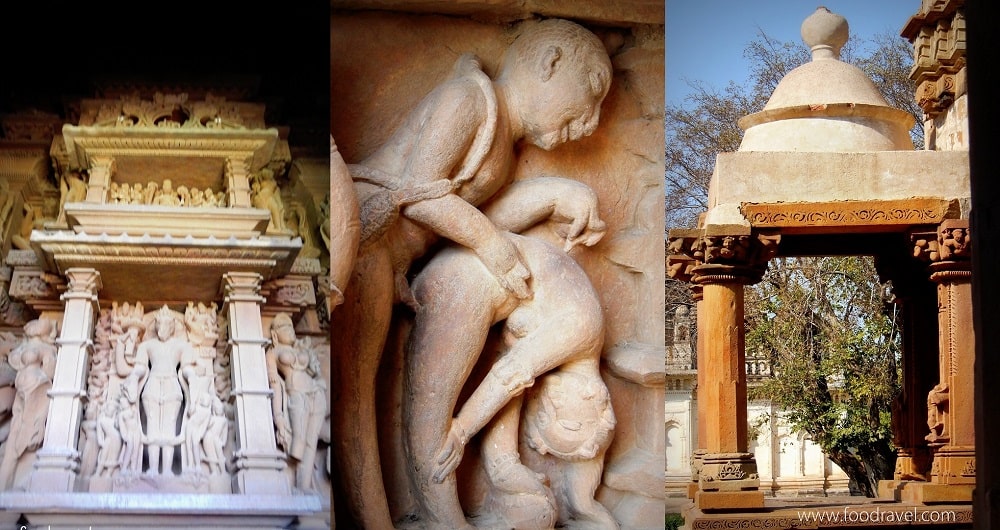

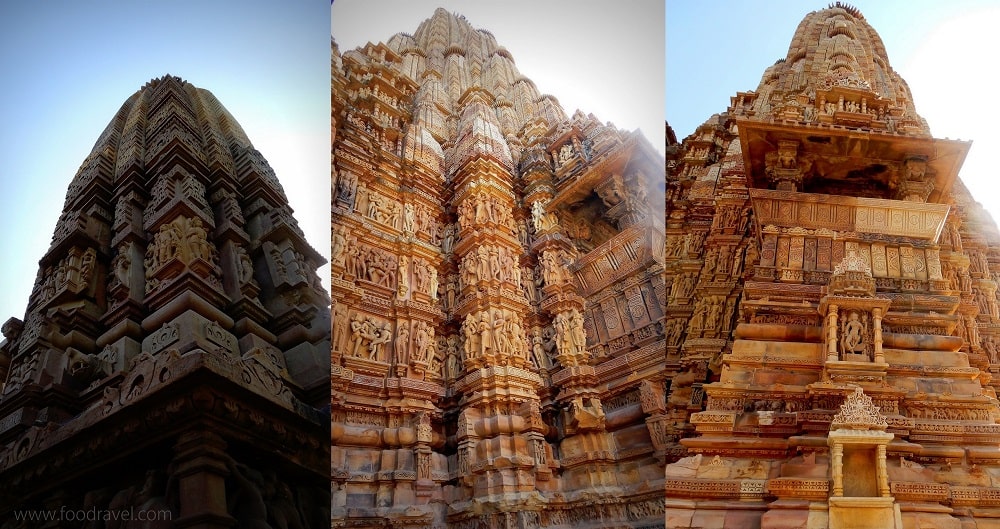
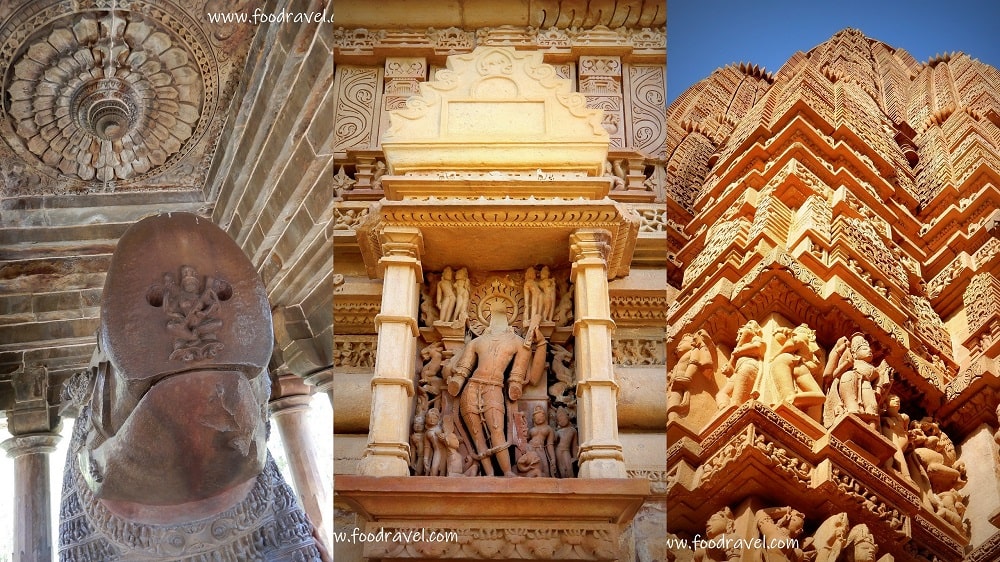
That day, we could only visit the Western Group of Temples Khajuraho. The next day we visited the other temples of the Khajuraho Group of Monuments which were located outside of the town. Being located in different places, away from each other, the Southern and Northern Group of Temples were less visited. Jain temples were still visited by a lot of tourists. But the other temples lacked attention, that’s what I observed. However, I didn’t find any difference in their architecture and construction style.
Traveling to such places always makes me learn several things. I have a great interest in history, geography, architecture, archaeology, geology, etc. and whenever I travel, I often try to look for places that can be a treat for me during my journey. And Khajuraho temples served me well with their elegance, beauty, and marvelous architecture.
